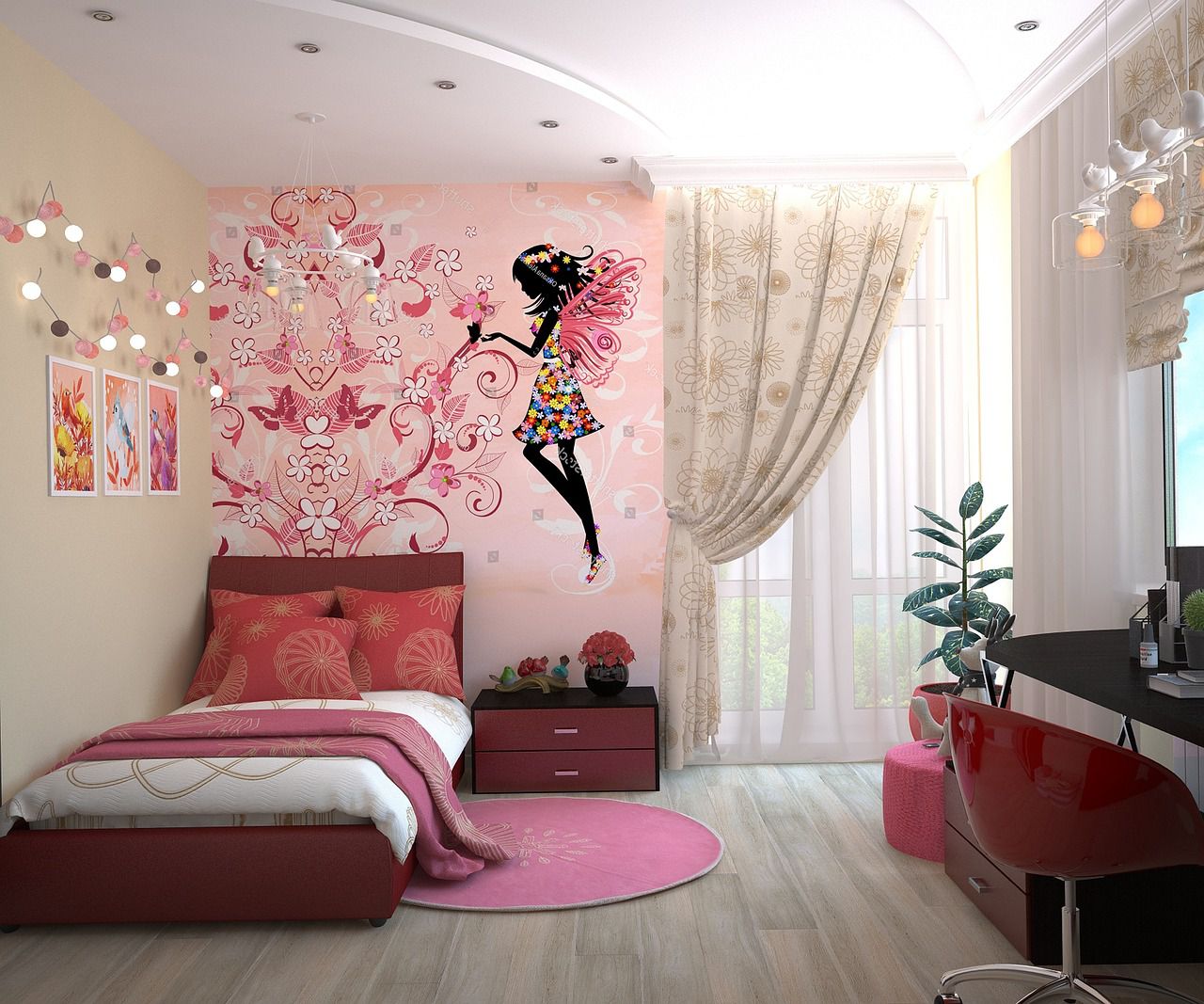When wallpapers make it worse: Interior tips
Good wallpapers can completely change your interior for better, and bad ones can ruin the subtle balance of your house's aesthetics.
Sometimes people don't trust their own taste, so they become anxious whether their wallpapers are fine, or it's time to change them.
Here are a few signs that your wallpapers don't actually suit your interior and need to go.
Color Clash
If the colors on your wallpaper clash or don't look nice with the colors of your furniture and other things in the room, it might not suit your interior.
Too Busy
If the wallpaper has a lot of patterns or designs, and your room already has lots of other decorations, it might feel too busy and overwhelming.

Style Mismatch
If your room has a certain style (like modern, traditional, or rustic), and the wallpaper doesn't fit that style, it might look out of place.
Feeling Uncomfortable
Trust your gut feeling. If you walk into the room and something feels off or uncomfortable, it could be a sign that the wallpaper doesn't suit your interior.
Size Matters
Sometimes, the size of the room and the size of the pattern on the wallpaper don't match.
If the pattern is too big or too small for the space, it can look odd.
Lighting Effects
Pay attention to how the wallpaper looks in different lighting. Sometimes, it can appear different in natural light versus artificial light.
Feedback from Others
Ask friends or family for their opinions. Sometimes, others can see things you might have missed.
Conclusion
So, just like you might realize that your outfit doesn't look right, these signs can help you understand if your wallpapers don't fit well with your room.
It's okay to change them if they don't feel right; it's your space, after all!

